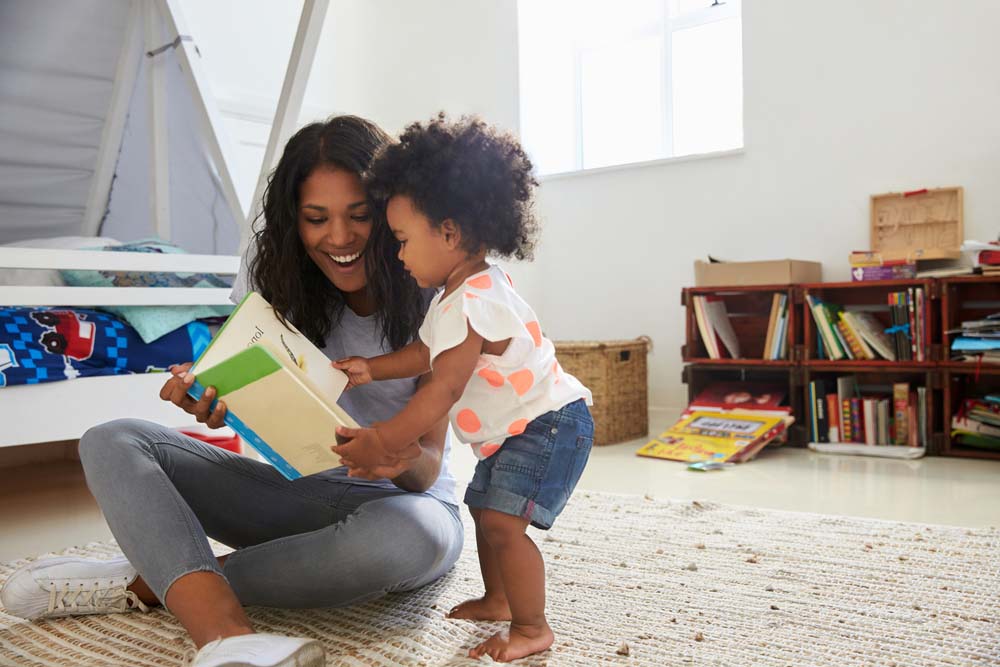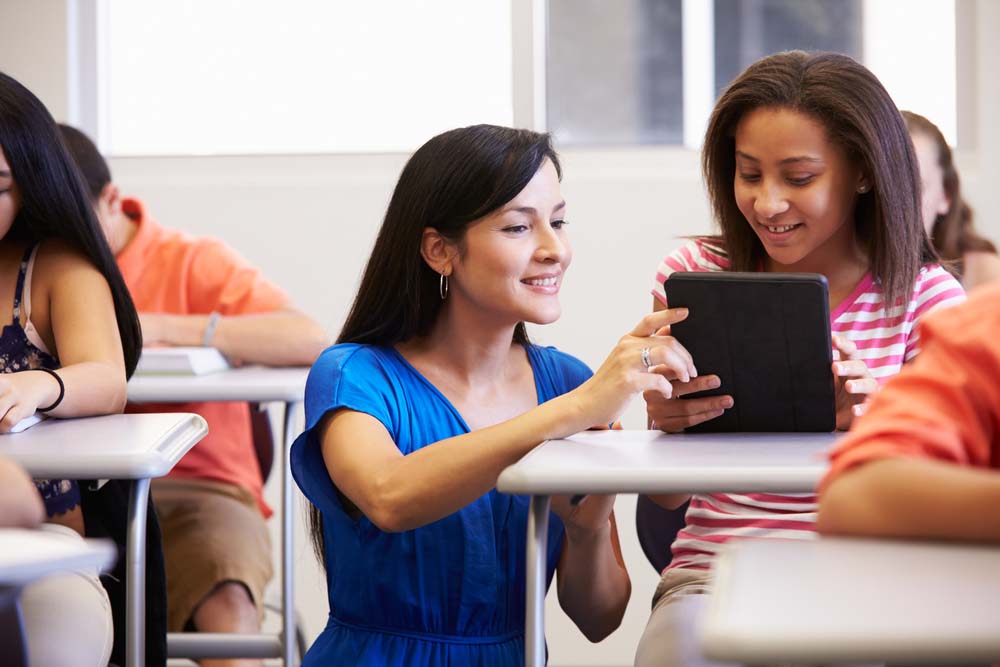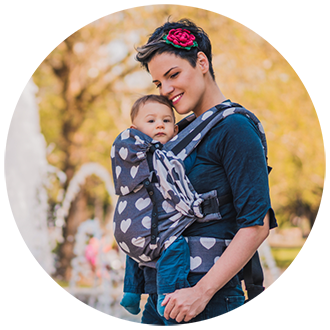WHAT DOES IT MEAN TO HAVE A RESPONSE-ABLE YOUTH INTERACTION?
Simply stated, you give at least five minutes to intentionally strengthen the child’s personal development. You create an opportunity to help the youth overcome a trial, learn something new, or correct a limiting behavior.
The interaction between you and the youth clearly communicates the messages ‘You can improve and grow stronger here and now’, and ‘I am here for you’; ‘I am here to encourage and support your personal development’; ‘I want you to know and do better.’ The adult’s every word and action embody these messages.
Parents can have Response-able Youth Interactions by focusing on a skill their child is developing or struggling with in this moment of life.
For example, with an infant, a parent can intentionally give at least 5 minutes to assist and celebrate the baby holding their head, rolling over, sitting, crawling, saying new words, or pointing to a picture. A toddler can be guided to draw, sing, stack objects, kick a ball, or jump. As the child matures, so will the options for this interaction. The skill or behavior you decide to work on matters less than your intention to communicate the messages ‘I want you to know and do better. I am here to encourage and support your personal development; I am here to celebrate your accomplishments. You can trust me as you are learning to trust yourself.’

A Response-able Youth Interaction is a forethought, not an afterthought
Being Response-able means going into the interaction focused on empowering the youth’s personal development. Many adults think after the fact, ‘Yes, I do that.’ This is a helpful reaction, but it is not the same as being Response-able.
Response-able Youth Interactions are deliberate and intentional. The adult thinks ‘I am here to encourage and support your personal development’ before engaging in the interaction, and they keep thinking that for at least 5 minutes. It has been proven when adults consistently have these Response-able interactions, the adult-youth relationship improves. It also enables the adult to learn more empowering ways to communicate with the younger person.

Teachers can also have at least one Response-able Youth Interaction every single day by deciding when to intentionally focus on strengthening the students’ learning and personal development.
Clearly when classroom instruction is focused on student learning, it is beneficial to have a Response-able forethought. It has been proven that when teachers consistently go into the learning conversation with the intention to communicate ‘I am here to encourage and support your learning and personal development’, the result is improved learning.
Another opportunity for teachers to have a Response-able Youth Interaction is in the first 5 minutes of class… communicate the message ‘You can improve and grow stronger here and now’, and ‘I am here to help lead the way’; this moment is all about your learning and personal growth.’
Response-able Youth Interactions are most helpful when a younger person is facing a trial, being disciplined, or learning something new.
These are the temporary moments where the youth do not have the knowledge, skill, or self-discipline. They need interactions that help them to know and do better. The best way to help them to know and do better is by interacting with them in a Response-able way.
WANTED: RESPONSE-ABLE ADULTS!
Anyone who interacts with the youth can be more response-able, one interaction at a time!

RESPONSE-ABLE PARENTS
You teach a child for a lifetime. You establish the foundation and develop valuable traits and lessons throughout childhood.

Get Response-able
Every interaction starts with YOU. Learn to challenge the interactions you have with yourself so you can improve the interactions you have with the youth in your life and others.

RESPONSE-ABLE TEACHERS
You teach a child for a period of time. You mature specific knowledge and skills that support the youth’s personal development.
